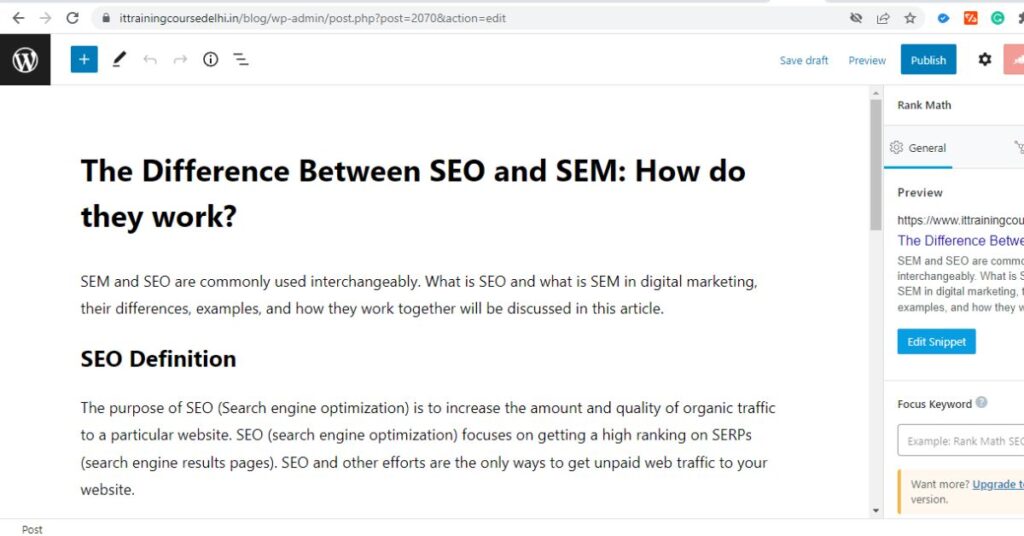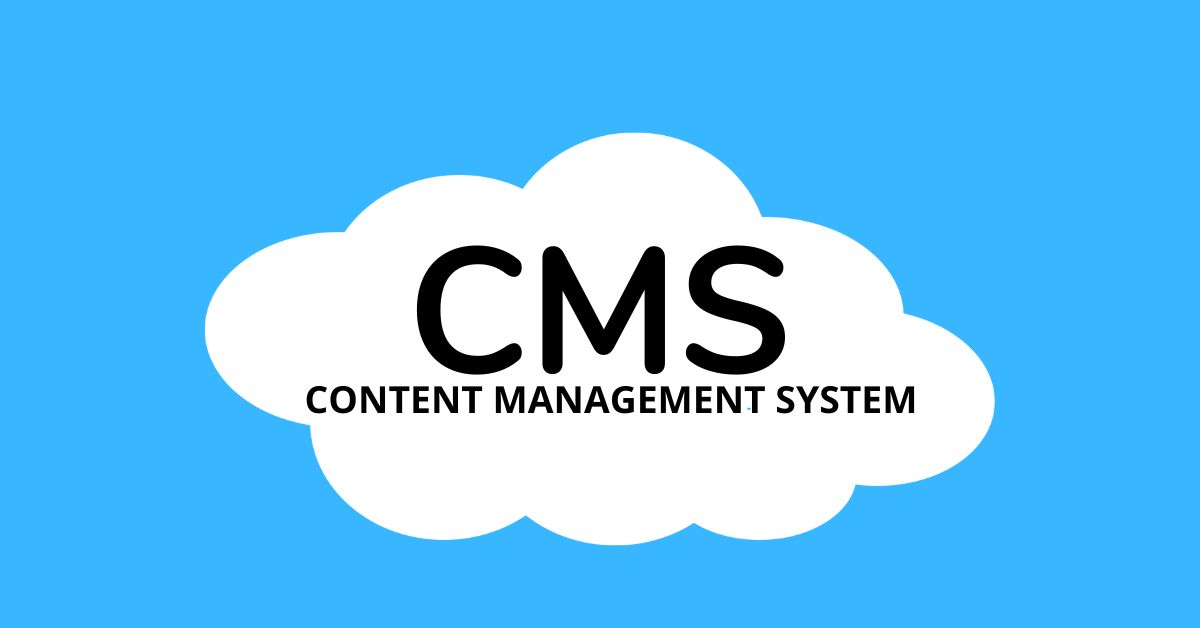A Content Management System, or CMS, is software that allows users to create, manage, and modify content on a website without the need for specialized technical knowledge.
In simple English, a CMS is a tool that allows you to create a website without having to write all of the code from scratch (or even knowing how to code).
Instead of building your own system to create web pages, store images, and perform other functions, the content management system manages all of the basic infrastructures so you can focus on the more advanced parts of your website.
Aside from websites, there are other content management systems for other purposes, such as document management.
Table of Contents
What Is the Process of Using a CMS?
To give you a sense of how a CMS works, we’ll take a quick tour through the WordPress interface (WordPress is a good example of a content management system).
With a content management system like WordPress, you can simply write your content in an interface that looks similar to Microsoft Word:

That’s a lot easier, isn’t it?
Similarly, to download and manage media, such as images, you can browse the media library rather than interact directly with your web server.
However, the content management system is more than just a back-end administration interface. It also ensures that all content you create is displayed to your visitors exactly as you like.
What Creates a Content Management System?
On a more technical level, a content management system is made up of two major components:
- A content management application (CMA)– This is the section where you may add and manage content on your website (like you saw above).
- A content delivery application (CDA)– This is the behind-the-scenes process that takes the content that is entered into the CMA, stores it correctly, and makes it visible to its visitors.
The two systems work together to make website maintenance simple.
Here Are Some Popular Content Management Systems
WordPress, as previously demonstrated, is the best example of a popular CMS. Despite the existence of other content management systems, WordPress maintains a market share of more than 65.1% in websites that use a well-known content management system.
Keep in mind that when we say “WordPress,” we are not referring to WordPress.com. Instead, we will focus on WordPress.org, which is the website where WordPress’s open-source CMS is stored.
Other popular CMS outside self-hosted WordPress include:
- Joomla
- Drupal
- Magento (for eCommerce stores)
- Squarespace
- Wix
- TYPO3
There are numerous additional less well-known CMS aimed at large companies (with an expensive price point to match).
What Kinds of Websites Can These CMS Create?
Today, the majority of CMSs are quite adaptable. While some are focused on specific use, such as Magento for electronic commerce, the majority of popular content management systems may be used to create virtually any type of website.
WordPress, for example, can be used to power:
- Static websites
- Blogs
- eCommerce stores
- Forums
- Social networks
- Online courses
- Membership sites
- Portfolios
How to Create a Website Using a CMS?
Do you want to create your own website using a CMS? If this is the case, the basic procedure is as follows:
- Purchase web hosting and a domain name.
- Install the content management system of your choice on your web server.
- Configure your content management system to control how your website looks and functions.
- Begin writing content using the content administration system’s interface.
| Follow Us On Google News | Click Here |
| Facebook Page | Click Here |
| Telegram Channel | Click Here |
| Click Here | |
| Website | Click Here |
Quick Links
- Search Engine Optimization(SEO) and Its Benefits
- Different Kinds of Domains and Their Best Uses
- Benefits of having a Business Website
